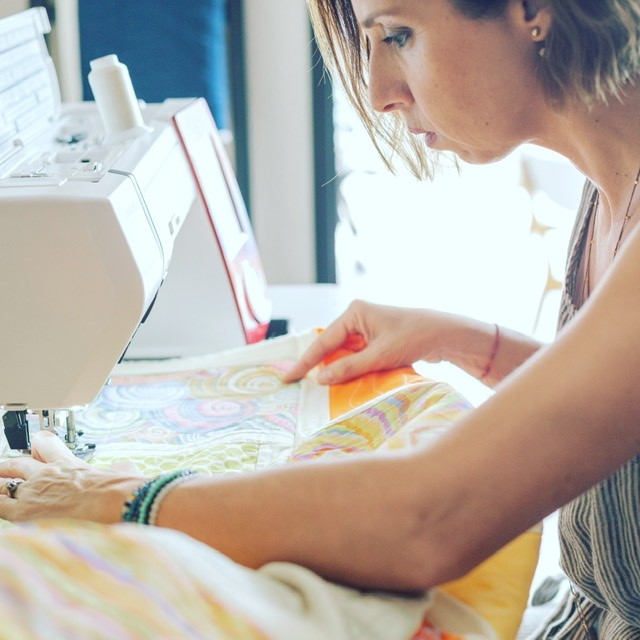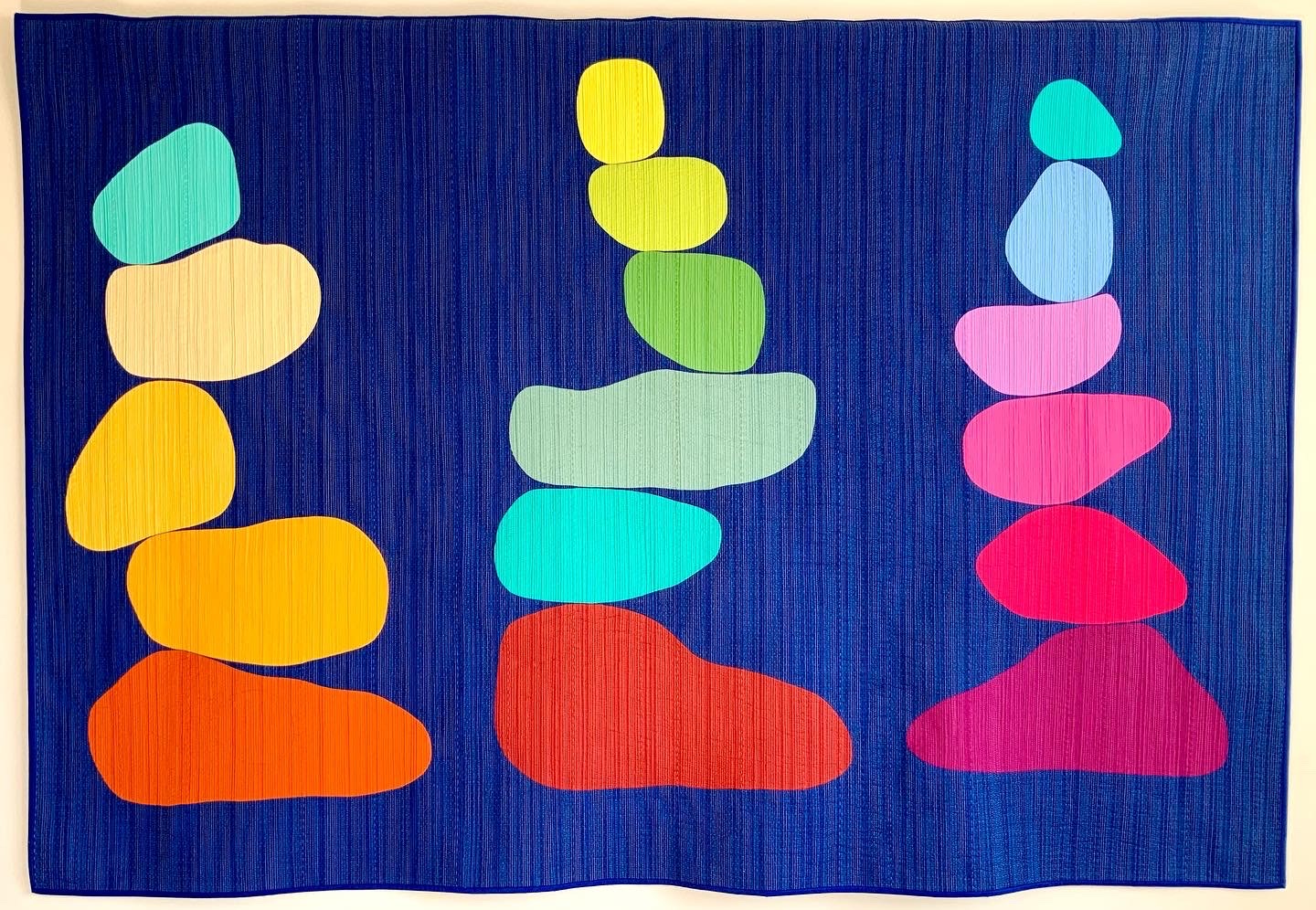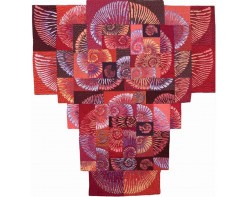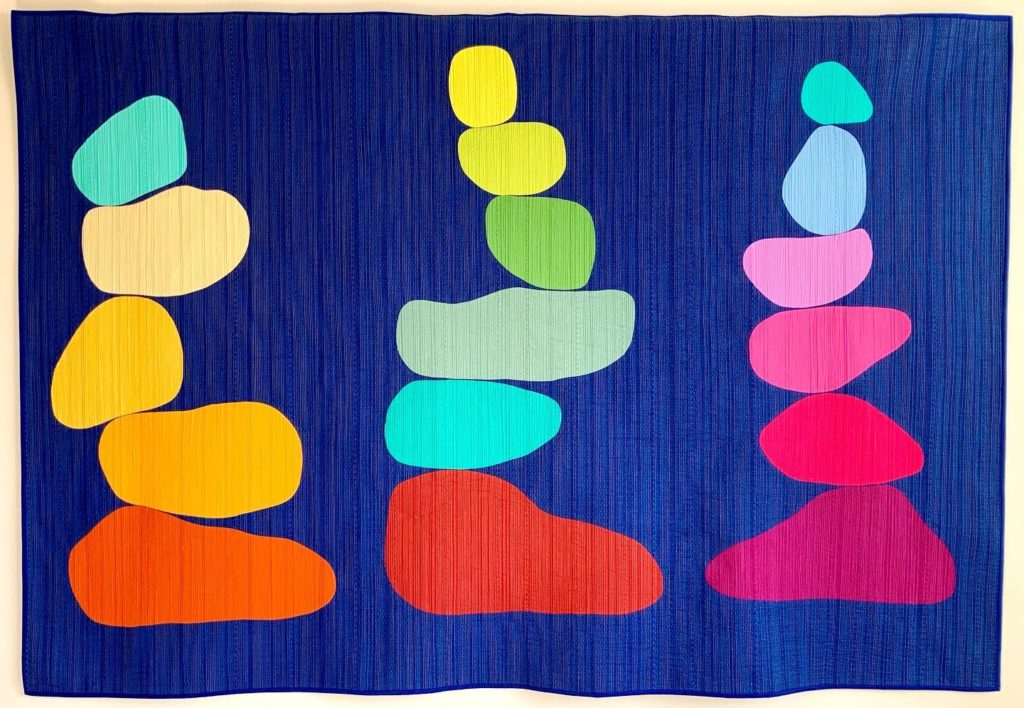
If you’ve gone to a quilt show, you’ve probably noticed that some of the contests involve several
different categories. You might see three different categories of quilts, such as traditional, art,
and modern. Art quilts will tend to fall into the latter two categories. These are quilts that are
made simply for the experience of designing a beautiful quilt and emphasize design over
function. Let’s take a look at some of the characteristics that separate art quilts from other types
of quilting practices.
Why do quilters design art quilts?
Quilters do art quilts for a wide variety of different purposes. Some people quilt art quilts purely
for the sake of entering contests. Art quilting also opens up a unique market to quilters. Some
people will buy art quilts at galleries. Art quilts, to a certain extent, are ways for quilters to create
something artistic that might not be available to them through traditional quilting techniques. In
some ways, modern quilts can be art quilts. A modern quilter may enter an entry into an art quilt
contest if they feel that the category is appropriate.
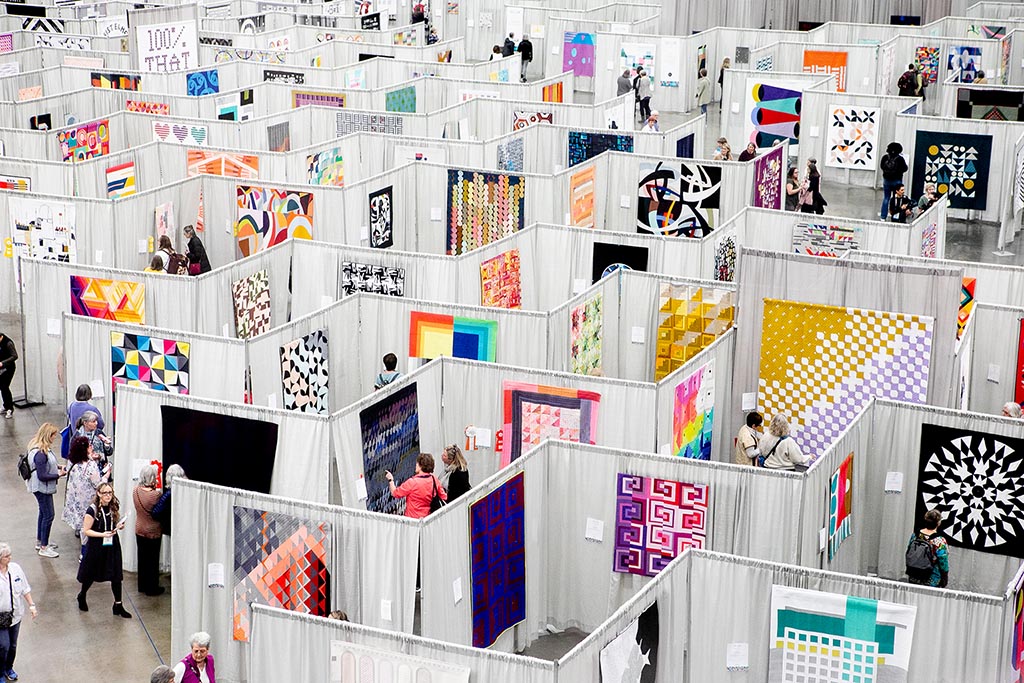
What are some examples of art quilts?
There are several great examples of art quilts. There are some on many quilting websites and
some are also viewable at quilting festivals. Tiny Dancer is a great example of an art quilt that is
more modern in nature. This is an art quilt that was inspired by a painting. The quilter, Michelle
de Groot, was inspired by Janet Knight’s use of color, lines, and symmetry in the painting. With
some trapunto technique, de Groot was able to create some three-dimensional sense of the
grooves and lines in the dancer’s dress.
If you are looking for an art quilt that is a little bit more abstract, you might like a piece called
Angels in the Architecture. This quit is machine pieced and incorporates several different
layering techniques that create a sense of symmetry.
An art quilt will have several different characteristics that separate it from other types of quilts:
● The quilter is inspired by something, such as a painting or something from real life.
● The quilter will use different types of sewing and piecing techniques to do something
artistic with the quilt.
● The quilter might spend more time on the quilt and finesse over the finished product.
How do you get started with art quilting?
There isn’t a necessary set path on how to get started with art quilting. Many traditional quilters
will get started with modern quilting and improvisational quilting. They’ll start to see art and other
things in the real world and try to emulate them in their quilting. There are several different
books to try that will help you get started with art quilting. If you want to create an art quilt, there
are a few steps that you might want to try:
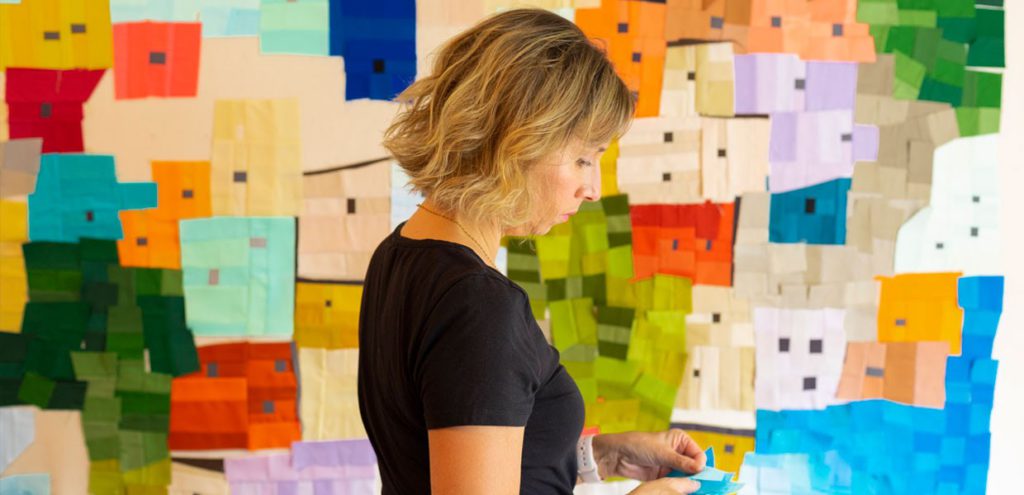
- Draw or have an image of the subject to work from (such as the inspiration in Tiny
Dancer). - Prepare the design and start cutting out the pieces. As you cut your shapes for your art
quilt, you might look at different piecing techniques to help you assemble your quilt. - Puzzle everything back together.
- Piece the quilt. Some sewing machine techniques and some hand sewing techniques
may come into play depending upon the art quilt you are creating.
Art quilts are unique, but they are not out of reach. You may find that you start the artistic
quilting process through improvisational quilting. Improvisational quilting will allow you to learn
different ways of creating colors and shapes. Once you have done more improvisational quilting,
you will be able to move onto the realm of artistic quilting.
